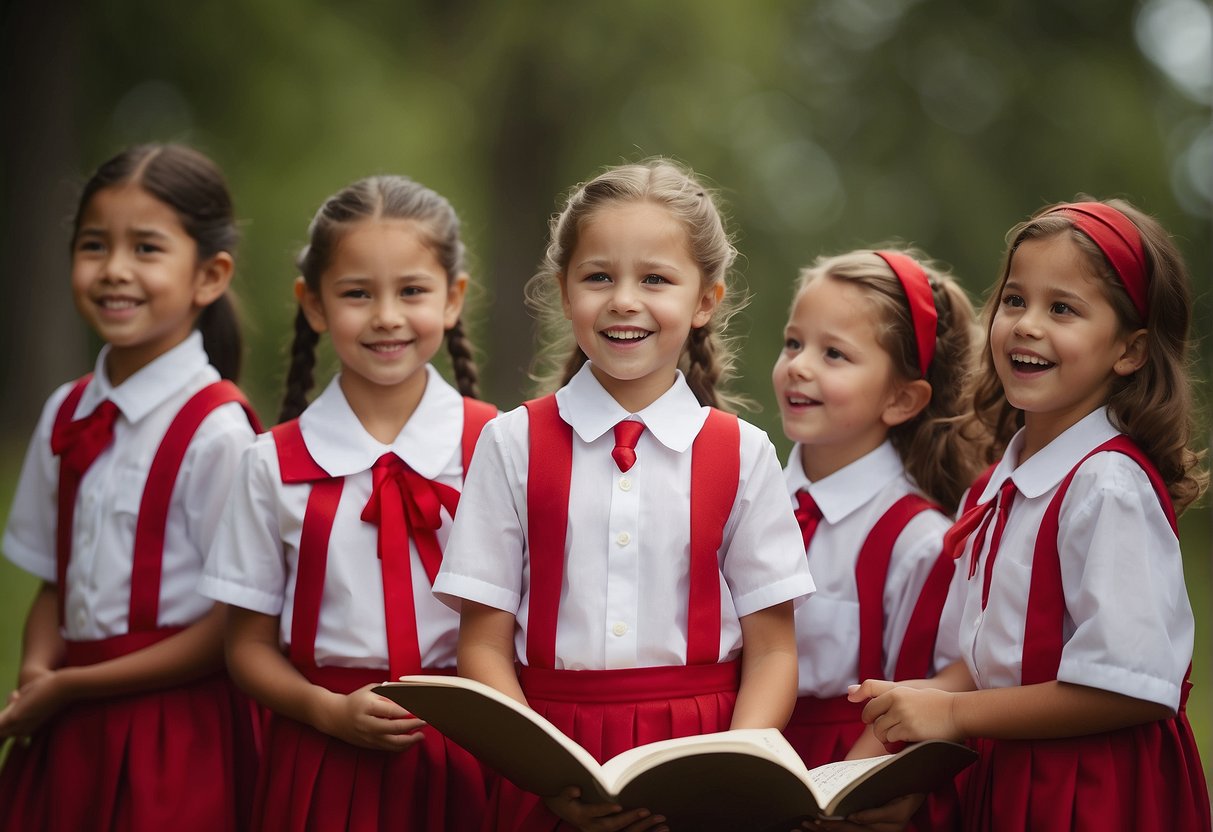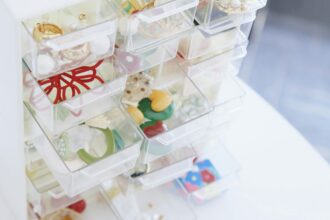Introduction
Walk past any school gate and you’ll notice a tapestry of colours, crests, and cuts that together create an unmistakable sense of community. A School Uniform is more than coordinated fabric; it is a symbol of shared values, a practical equaliser, and—at its best—a tool for nurturing discipline and pride. Yet debates around cost, comfort, and individuality remain lively. This article explores the origins, advantages, challenges, and future directions of school uniforms, offering a balanced look at why they endure and how they can evolve to meet modern needs.
A Brief History of School Uniforms
Uniforms date back to 16th-century charity schools in England, where “bluecoat” garments signalled care for underprivileged children. By the Victorian era, prestigious institutions such as Eton and Harrow had standardised jackets and ties, reinforcing hierarchy and decorum. In the 20th century, public-school systems worldwide adopted uniforms to instil equality and curb socioeconomic rivalry. Today, while styles range from sailor suits in Japan to polo shirts in Australia, the core purpose—fostering a cohesive learning environment—remains consistent.
Key Benefits
1. Promoting Equality
Dress codes that require the same attire diminish visible income gaps. Students worry less about designer labels and more about their studies, reducing peer pressure and bullying based on fashion choices.
2. Strengthening School Identity
Colours, logos, and unique trims forge a collective identity, boosting school spirit at assemblies, sports events, and in the wider community. A recognisable uniform can also serve as a marketing asset, attracting prospective families who value tradition and discipline.
3. Enhancing Safety and Discipline
Uniforms allow staff to identify intruders quickly and students to recognise authority figures. Consistent dress expectations set a tone of order, helping learners shift from home mind-set to study mind-set each morning.
4. Simplifying Morning Routines
Parents and students spend less time deciding what to wear, reducing stress and tardiness. Over a school year, those saved minutes translate into meaningful instructional gain.
Common Challenges
Affordability
Quality uniforms can strain household budgets, particularly when children grow rapidly. Schools often mitigate costs through second-hand exchanges, rental schemes, or subsidies for low-income families.
Comfort and Climate
Heavy wool blazers may suit temperate regions but prove stifling in tropical heat. Fabric choice should align with local weather: breathable cotton-poly blends for warmth, moisture-wicking knits for humidity, and optional layers for seasonal shifts.
Personal Expression
Critics argue that strict dress codes stifle individuality. Forward-thinking schools address this by allowing customisable elements—such as hairstyles, badges for clubs, or casual “dress-down” days—within a broader uniform framework.
Designing an Effective Uniform Policy
- Inclusive Consultation
Engage students, parents, and teachers in surveys and focus groups. Shared decision-making increases buy-in and reveals practical issues—like pocket placement for devices or cultural considerations around hemlines. - Functional Fabrics
Choose durable, easy-care textiles that withstand frequent laundering without fading or shrinking. Reinforced seams on knees and elbows lengthen garment lifespan, lowering long-term costs. - Range of Fits
Offer sizes from junior through adult plus options for varying body shapes. Gender-neutral cuts or adaptable pieces (e.g., adjustable waistbands, removable ties) foster inclusivity. - Clear, Consistent Guidelines
Publish illustrated style guides so families understand expectations. Consistency in enforcement prevents disputes and perceptions of bias.
Sustainability in School Uniform Manufacturing
Eco-Friendly Materials
Recycled polyester, organic cotton, and TENCEL™ fibres cut water and energy footprints. These textiles also perform well in colour retention and breathability, countering the myth that sustainability compromises quality.
Extended Garment Life
Double-stitched hems, high-strength buttons, and stain-resistant finishes allow uniforms to endure hand-me-down cycles. Schools can encourage longevity by operating uniform swap events at the end of each term.
Ethical Supply Chains
Certifications such as OEKO-TEX® and Fair Wear Foundation assure parents that uniforms are free from harmful chemicals and produced under fair labour conditions. Transparent sourcing builds brand trust and aligns with the social-responsibility values many schools promote in their curricula.
The Future of School Uniforms
- Smart Textiles– RFID chips in blazers could automate attendance or library checkout, while temperature-regulating fabrics adapt to classroom conditions.
- Modular Wardrobes– Interchangeable components (vests, sleeve inserts, detachable hoods) let students adjust quickly to weather and activity without bulky school bags.
- Circular Economy Models– Subscription services may one day supply age-appropriate sizes each term and recycle outgrown pieces into new yarn, closing the loop.
Conclusion
The school uniform is a study in balance: tradition meets innovation, unity meets individuality, and functionality meets sustainability. By acknowledging both its merits and its challenges, educators and families can co-create uniform policies that foster pride, protect budgets, and prepare students for a future in which conscientious consumption and collective identity both matter. When executed thoughtfully, the humble blazer or polo shirt becomes far more than a garment—it becomes an emblem of shared purpose and a platform for fair, forward-looking education.

















